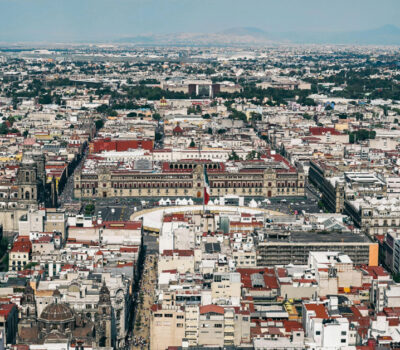The Sun needs no introduction. It is part of all of us, always. It is not surprising then that many of us do not like having to deal with the harsh reality that our star will one day die, and with it, everything on this planet that exists. But don’t worry: it’s unlikely we’ll be around to see it.
Now, thanks to the latest data from the European Space Agency’s (ESA) Gaia stellar mapping mission, a new study has shown that the venerable star is now in its middle ages and will die –between 5 and 7 billion years–, which is, for our human perception, a long time.
Thus, at present, our Sun is considered to be in the prime of its life, in its comfortable middle age, at 4.57 billion years old, productively fusing hydrogen into helium and glowing healthily.
The well-known story of the Sun
We already knew in some detail what will happen in the future of our Sun. Our star will continue to heat up for the next few billion years and will eventually run out of hydrogen to fuse in its core, in other words, without the juice that fuels it.
From that point, the core will begin to contract and the star, which once illuminated everything we know and love about our world, will cool, darken and become a stellar corpse, or white dwarf.
Far beyond a little astrophysical clairvoyance
Now, thanks to the latest release of data from ESA’s Gaia Milky Way mapping project, which accurately identified hundreds of millions of stars, many of similar mass and composition, we have the most detailed future timeline ever.
Orlagh Creevey, an astronomer at the Observatory de la Côte d’Azur in France, and the team of researchers from Gaia Coordination Unit 8 used the data to find 5,863 stars that had a similar temperature, surface gravity, composition, mass, and radius to those of Earth’s Sun. Using these stars, the team estimated the Sun’s age and possible life cycle, while also learning more about the star.
“If we don’t understand our own Sun – and there are many things we don’t know about it – how can we hope to understand all the other stars that make up our wonderful galaxy?” Creevey said in a press release.
In short, the team found that the sun will reach its maximum temperature in about 8 billion years, after which it will cool down, but continue to increase in size. The Gaia data reveals that when it is 10 to 11 billion years old, the Sun will become a spectacular red giant (like the 10th brightest star in the night sky, called Betelgeuse) before beginning its end-of-life sequence.
The end of life on Earth
On the other hand, life on Earth only has about a billion years left, long before the end of the Sun. This, of course, if we don’t first create a manmade ending to Earth, or a catastrophe happens to us.
According to Science Alert, life on Earth would not pass that threshold because the Sun is increasing in brightness by 10% every billion years, which means that it is also increasing in temperature. That seemingly small change will make Earth uninhabitable for life as we know it.
Meanwhile, the new Gaia catalog of Sun-like stars could tell us not only more about our Sun’s future trajectory but also more about how and why we’re here to begin with. And answer big open questions like “do all solar analogs have planetary systems similar to ours or do all solar analogs rotate at a speed similar to that of our Sun?”.
The Sun needs no introduction. It is part of all of us, always. It is not surprising then that many of us do not . . .












